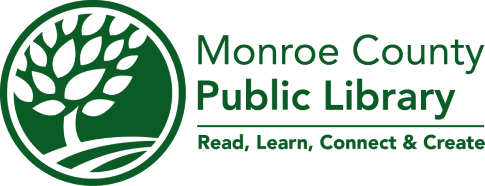Great Bear Wild: Dispatches from a Northern Rainforest
If one area of our continent calls to me more than any other it’s the Northwest, that region of coastal rain forests that extends from northern California to Alaska.
This magnificent book of photographs covers one of the few unspoiled areas left there, the Great Bear Rainforest.
It’s located on the mainland slightly north of Vancouver and extends past Prince Rupert to the border with Alaska. Talk about wild: salmon, bear, wolves, sea lions, great Douglas firs and hundred-year-old cedars all thrive there.
Ian McAllister, who lives nearby and works as an ecologist, has taken many incredible photographs of the wildlife and the plants. He also photographed the native people, including a few of the matriarchs of the Gitga’at clan.
The photos are thrilling including some of spirit bears—a bear I was not familiar with. They are white black bears (yes, that’s right) produced by a recessive gene. They are not albinos, so a spirit bear could have black-furred bear mother and siblings. Francis Kermode, a museum curator, first named them.
The chapter on sea wolves shows how tough making a daily living is for the wolves who have bred on this coastal area for centuries. They must swim between islands to find food, and one young male, ostracized by his family is shown swimming away from all that he has known after his family boots him away because they cannot feed him.
In one charming photo, tens of curious stellar sea lion bob on the Pacific’s surface—only their heads showing. They stare straight at the photographer. McAllister reports that these wonderfully intelligent and agile creatures are making a comeback in the waters off the Great Bear.
If you’ve ever seen the starfish in the Northwest, you know that these echinoderms are huge and often bright orange. McAllister also takes incredible photographs of colorful underwater creatures: purple urchins and striking rose anemones. Some interesting shots focus on both above-water and below-water life in the same shot.
Like many pristine landscapes left in the world, McAllister reports that the area of the Great Bear Rainforest is under threat from oil drilling. Additionally, there are plans to create a large port in seas that are often stormy and dangerous. This motivated McAllister to publish these beautiful photographs. But the text of the book also provides much information about the creatures of the region.
